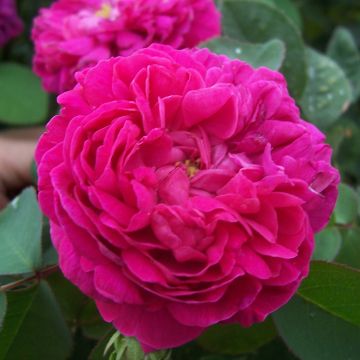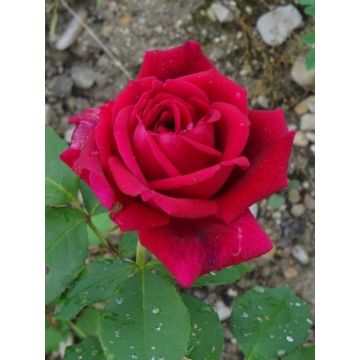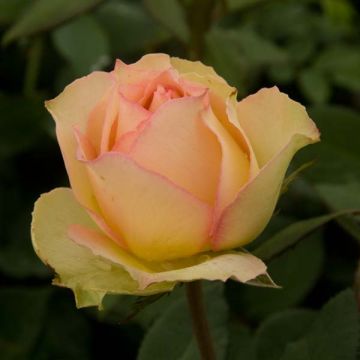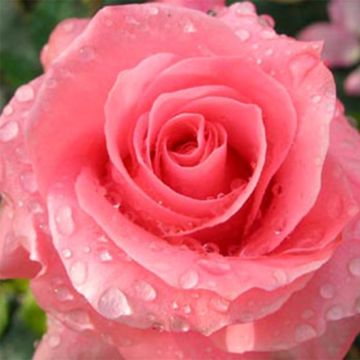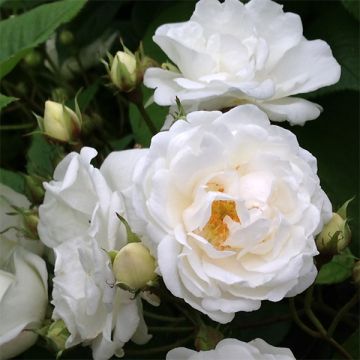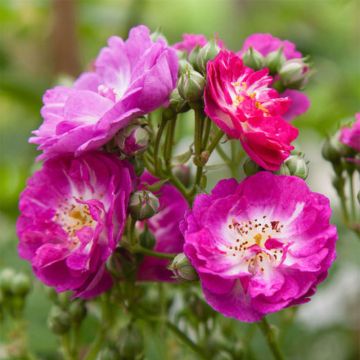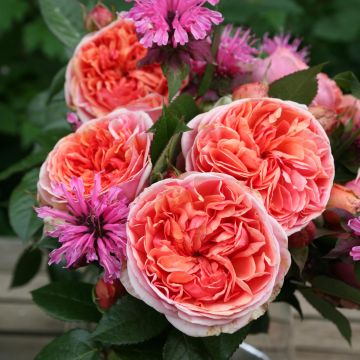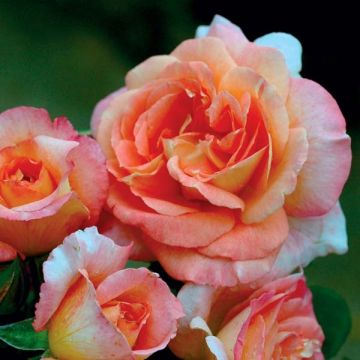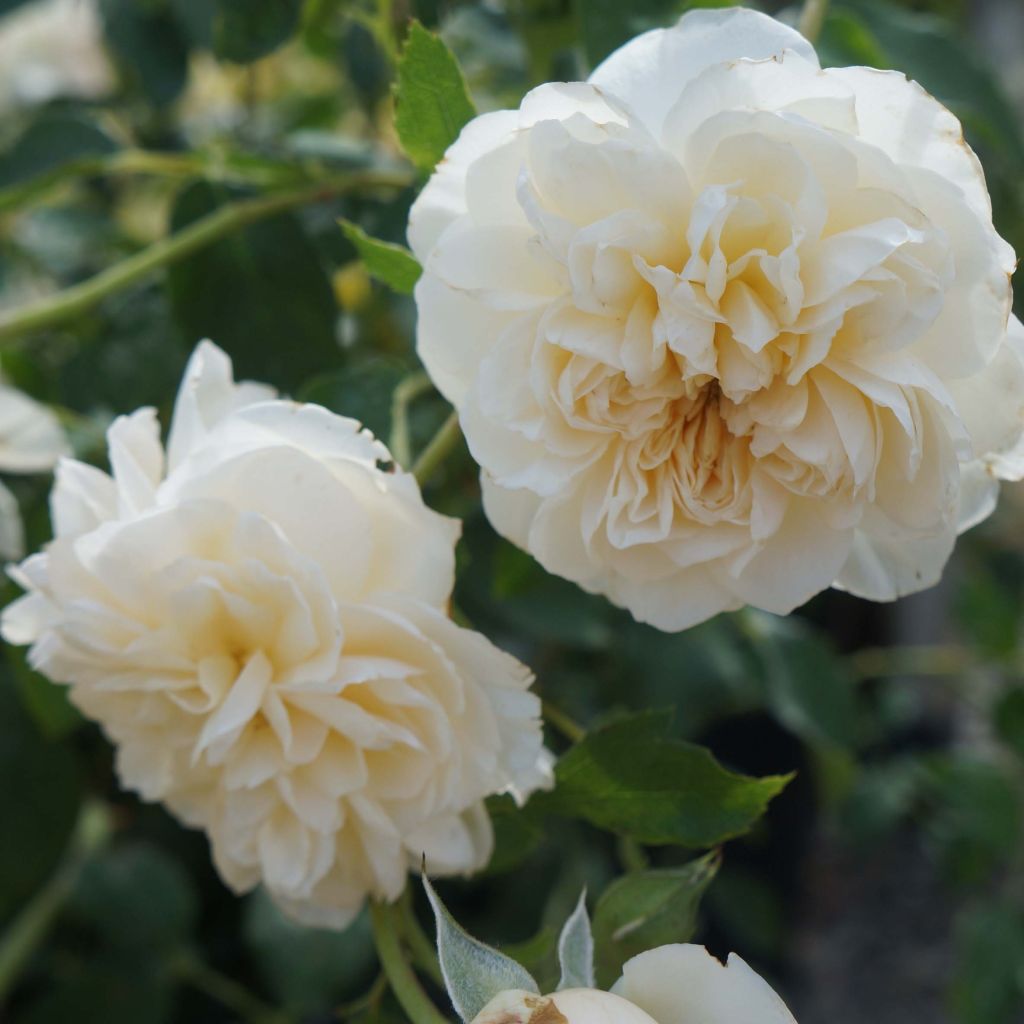

Rosa 'Lichfield Angel' - English Rose
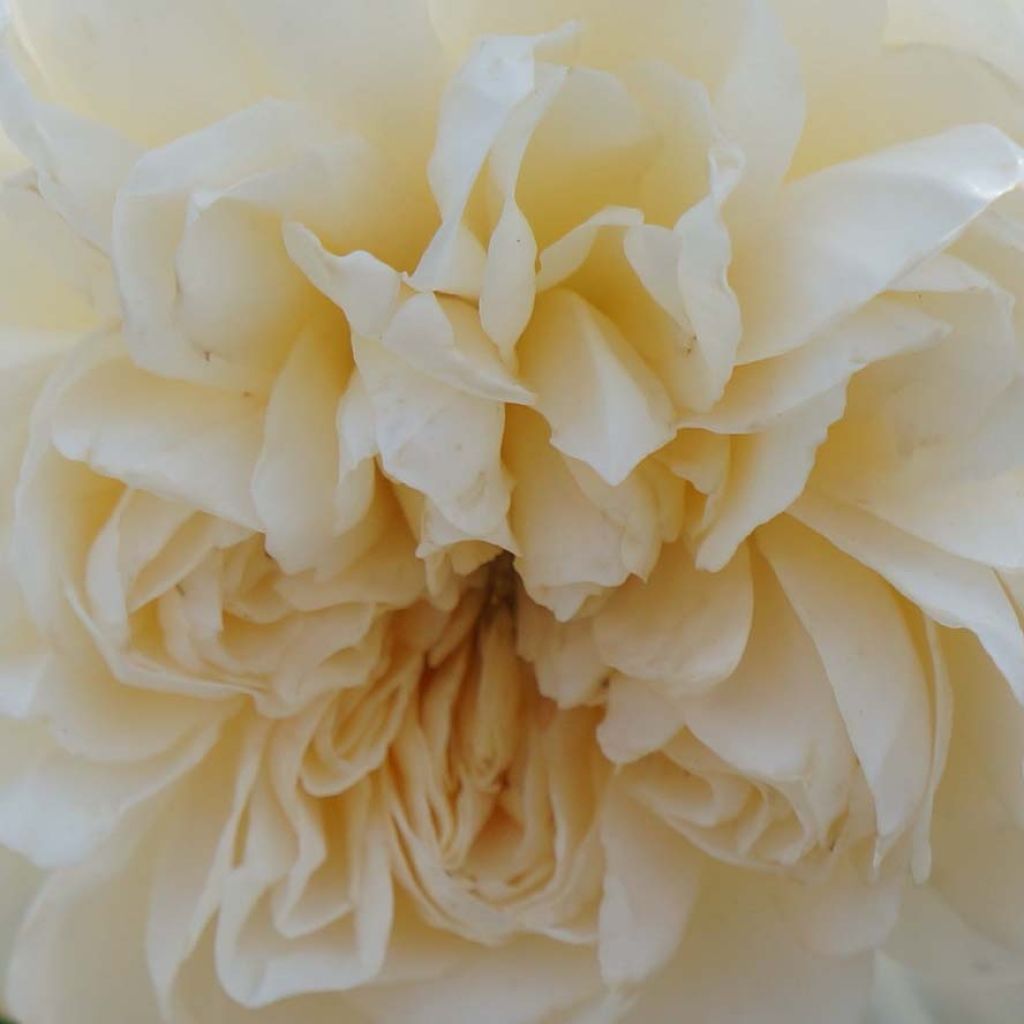

Rosa 'Lichfield Angel' - English Rose
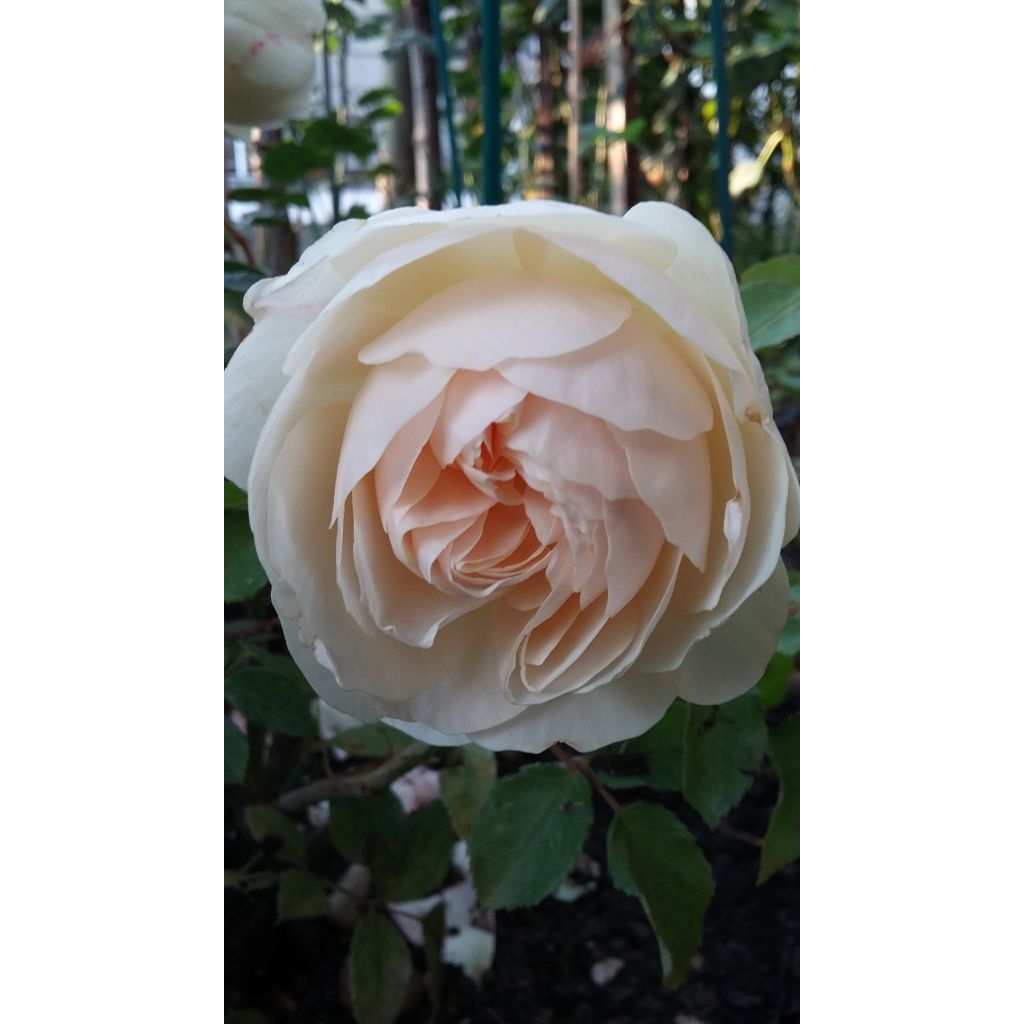

Rosa 'Lichfield Angel' - English Rose
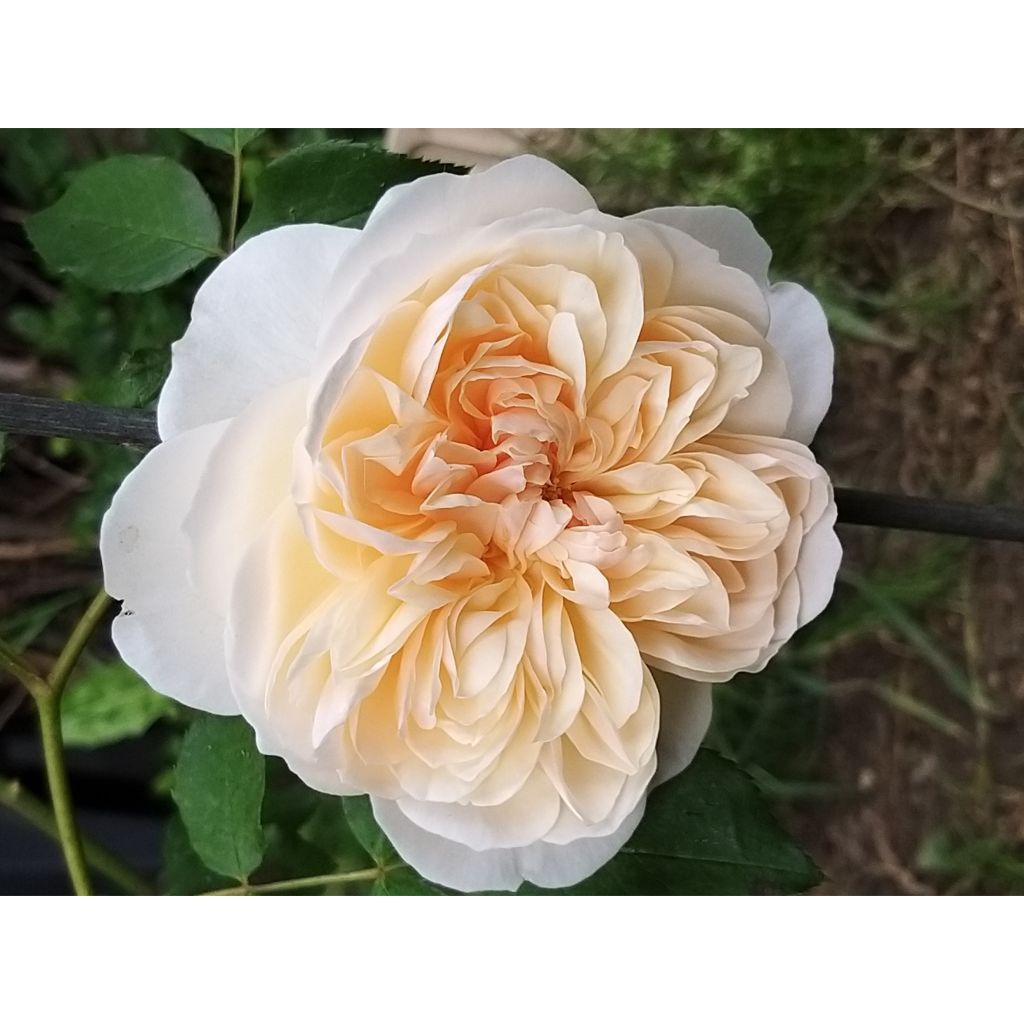

Rosa 'Lichfield Angel' - English Rose
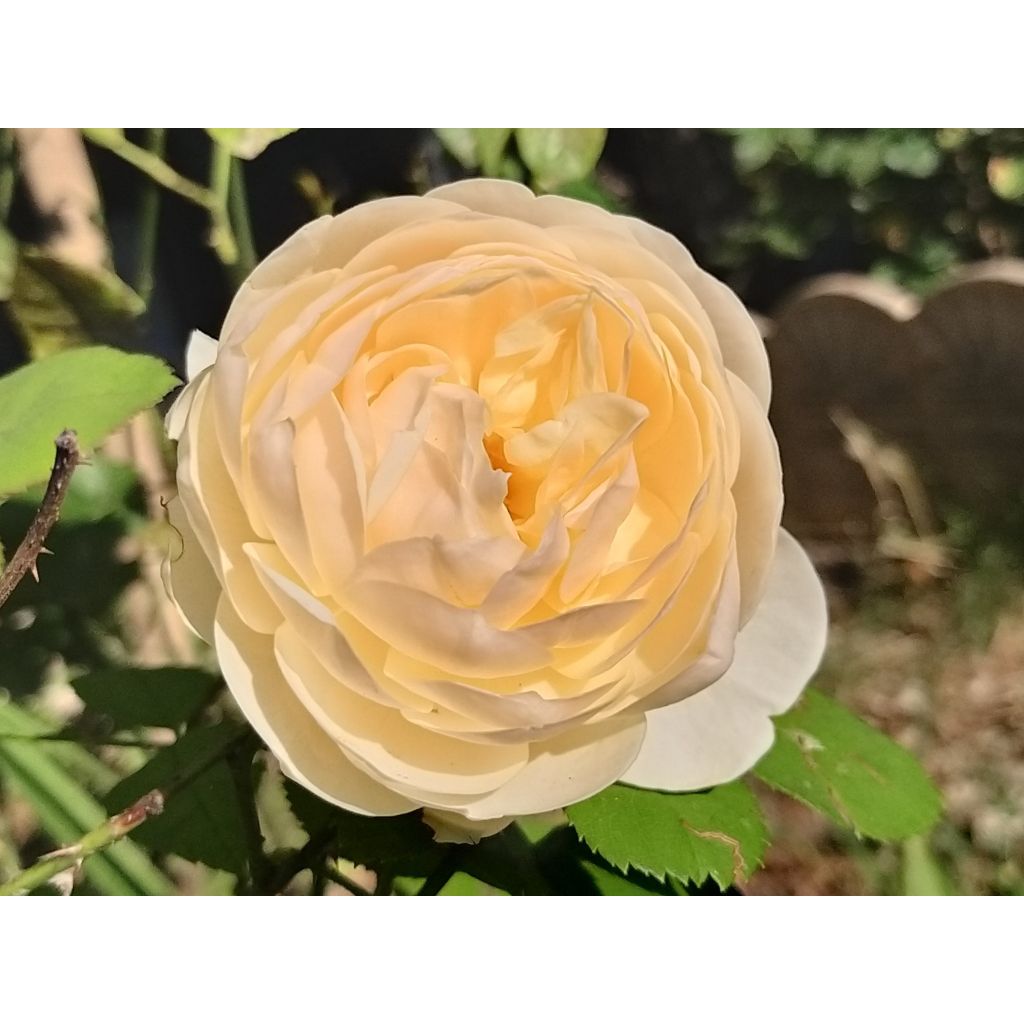

Rosa 'Lichfield Angel' - English Rose
Rosa 'Lichfield Angel' - English Rose
Rosa Lichfield Angel® 'Ausrelate'
Ausrelate
This item cannot be shipped to the selected country
Delivery charge from €5.90
Delivery charge from €5.90
Delivery to Corse prohibited
More information
Schedule delivery date,
and select date in basket
This plant carries a 24 months recovery warranty
More information
We guarantee the quality of our plants for a full growing cycle, and will replace at our expense any plant that fails to recover under normal climatic and planting conditions.
From €5.90 for pickup delivery and €6.90 for home delivery
Express home delivery from €8.90.
From €5.90 for pickup delivery and €6.90 for home delivery
Express home delivery from €8.90.
Delivery to Corse prohibited: UE law prohibits the import of this plant from mainland France to Corse as part of the fight against Xylella fastidiosa. Please accept our sincere apologies.
More information

Does this plant fit my garden?
Set up your Plantfit profile →
Description
The 'Lichfield Angel' English Rose, in bloom from June to October, offers the dazzling spectacle of its large, languid roses in a very soft tone swaying on a light bush. Its roses, like adorable cups of white to peach-coloured, open into rosettes of creamy apricot yellow when the sun shines, then fade to white, creating a splendid overall vision. Close to champagne, their colour smoothly transitions between the pink and yellow tones of other varieties. Its fragrance is light and slightly accentuated in warm weather, but the beauty of its flowering largely compensates for it.
The 'Lichfield Angel' rose or 'Ausrelate', with a rather bushy habit similar to that of Tea roses, can reach a height of 1.25 m (4ft) and a width of up to 1 m (3ft). Its foliage, medium green, is healthy and disease-resistant. It produces large flowers that open into wide, flattened cups of 10 cm (4in), then bloom into deeply flared double rosettes gathered in generous clusters. Each one forms a perfect circle of large petals in a tender apricot colour, enclosing numerous smaller petals. The outer petals open, offering a rounded flower in a creamy white colour. The sun and heat flush these roses into the garden, while coolness and lack of light make them pale slightly. Their fragrance, also revealed by the warmth, reveals light notes of cloves.
The 'Lichfield Angel' English Rose pairs well with orange or pink English roses, as well as Old Roses, in a small hedge or a bed of roses or tall perennial plants such as foxgloves, peonies, panicle phlox, or the delicate blooms of gauras and panicle gypsophila. English Roses are known to be perpetual bloomers, and their flowers are renowned for being beautiful, evenly shaped, and highly fragrant. They are also very versatile and adaptable plants. They resemble old-fashioned roses and offer large, romantic, and bohemian cup-shaped flowers in their natural habitat. Modern roses have brought brighter shades and repeat flowering. If you have enough space, English, Old, or Shrub Roses look stunning when planted in groups of three. They will grow together to form a beautiful, opulent mass that will flower even more generously.
This variety was named after the Lichfield Angel, an 8th-century panel carved in limestone recently rediscovered in Lichfield Cathedral, not far from the David Austin Nursery.
Bred by David Austin, 2006.
A rounded bush with adorable cup-shaped flowers in white to peach colour, opening into creamy apricot yellow and fading to white. The overall effect is splendid, and the tone is soft, achieving the transition between pinks and yellows. Its fragrance is light, with notes of cloves, and it has a good repeat flowering.
Report an error about the product description
Rosa 'Lichfield Angel' - English Rose in pictures
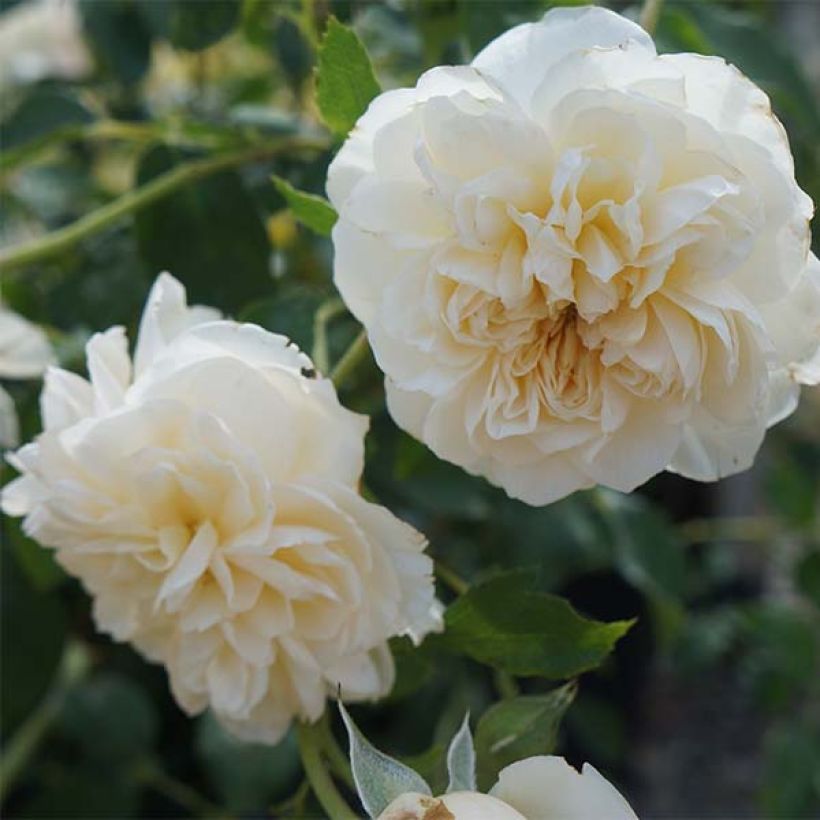

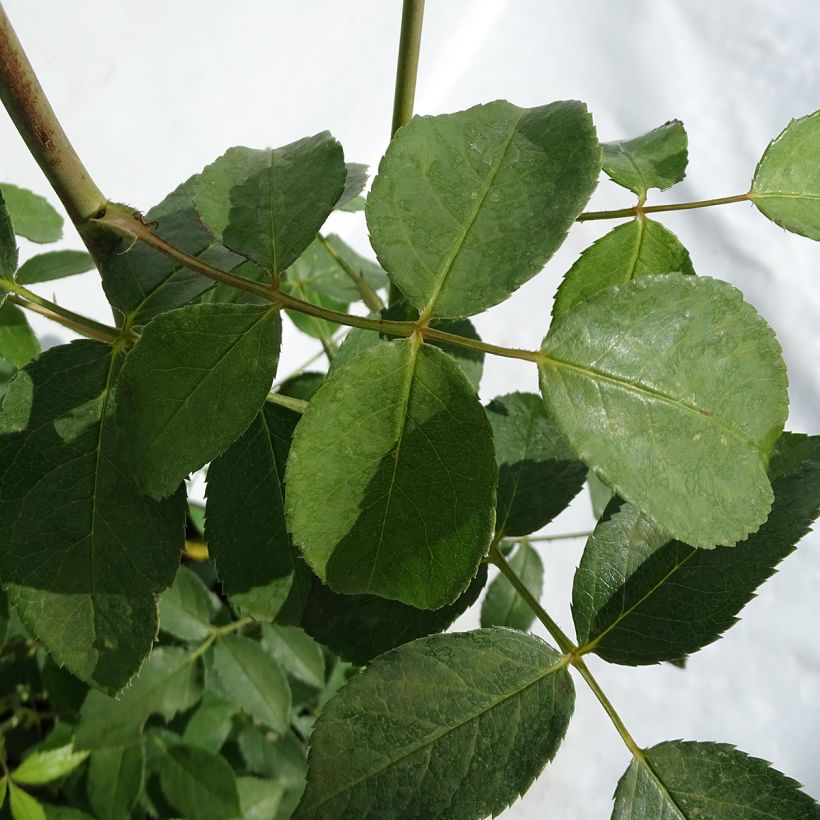

Plant habit
Flowering
Foliage
Botanical data
Rosa
Lichfield Angel® 'Ausrelate'
Rosaceae
Ausrelate
Cultivar or hybrid
Rosa canina Laxa (Wrapped bare root)
Other Roses A to Z
Planting and care
Plant your English Rose 'Lichfield Angel' in a sunny or lightly shaded area. English roses are tolerant to different soil types but do not thrive in soil with excessive limestone. These roses can grow in any garden if the soil is well-worked, not too heavy, and rich enough. To plant your rose, crumble the soil and add an amendment, such as blood, fish and bone, to the bottom of the planting hole. After planting, water generously to remove any pockets of air, and regularly for the first few weeks to help with rooting.
Pruning English roses is essential for better flowering. At the end of winter, in February-March, shorten the branches to 3-5 buds above the ground (at the lowest), choosing an outward-facing bud for a more elegant look. While pruning, remove any dead wood and unsightly branches. Make sure to prune at a slant above a bud. As the flowers bloom, remove faded flowers to stimulate the development of other buds.
Roses often have stains or may look unsightly towards the end of summer. However, this is not a problem for their development. These stains are natural and do not harm the rose.
Planting period
Intended location
Care
-
, onOrder confirmed
Reply from on Promesse de fleurs
Fragrant Roses
Haven't found what you were looking for?
Hardiness is the lowest winter temperature a plant can endure without suffering serious damage or even dying. However, hardiness is affected by location (a sheltered area, such as a patio), protection (winter cover) and soil type (hardiness is improved by well-drained soil).

Photo Sharing Terms & Conditions
In order to encourage gardeners to interact and share their experiences, Promesse de fleurs offers various media enabling content to be uploaded onto its Site - in particular via the ‘Photo sharing’ module.
The User agrees to refrain from:
- Posting any content that is illegal, prejudicial, insulting, racist, inciteful to hatred, revisionist, contrary to public decency, that infringes on privacy or on the privacy rights of third parties, in particular the publicity rights of persons and goods, intellectual property rights, or the right to privacy.
- Submitting content on behalf of a third party;
- Impersonate the identity of a third party and/or publish any personal information about a third party;
In general, the User undertakes to refrain from any unethical behaviour.
All Content (in particular text, comments, files, images, photos, videos, creative works, etc.), which may be subject to property or intellectual property rights, image or other private rights, shall remain the property of the User, subject to the limited rights granted by the terms of the licence granted by Promesse de fleurs as stated below. Users are at liberty to publish or not to publish such Content on the Site, notably via the ‘Photo Sharing’ facility, and accept that this Content shall be made public and freely accessible, notably on the Internet.
Users further acknowledge, undertake to have ,and guarantee that they hold all necessary rights and permissions to publish such material on the Site, in particular with regard to the legislation in force pertaining to any privacy, property, intellectual property, image, or contractual rights, or rights of any other nature. By publishing such Content on the Site, Users acknowledge accepting full liability as publishers of the Content within the meaning of the law, and grant Promesse de fleurs, free of charge, an inclusive, worldwide licence for the said Content for the entire duration of its publication, including all reproduction, representation, up/downloading, displaying, performing, transmission, and storage rights.
Users also grant permission for their name to be linked to the Content and accept that this link may not always be made available.
By engaging in posting material, Users consent to their Content becoming automatically accessible on the Internet, in particular on other sites and/or blogs and/or web pages of the Promesse de fleurs site, including in particular social pages and the Promesse de fleurs catalogue.
Users may secure the removal of entrusted content free of charge by issuing a simple request via our contact form.
The flowering period indicated on our website applies to countries and regions located in USDA zone 8 (France, the United Kingdom, Ireland, the Netherlands, etc.)
It will vary according to where you live:
- In zones 9 to 10 (Italy, Spain, Greece, etc.), flowering will occur about 2 to 4 weeks earlier.
- In zones 6 to 7 (Germany, Poland, Slovenia, and lower mountainous regions), flowering will be delayed by 2 to 3 weeks.
- In zone 5 (Central Europe, Scandinavia), blooming will be delayed by 3 to 5 weeks.
In temperate climates, pruning of spring-flowering shrubs (forsythia, spireas, etc.) should be done just after flowering.
Pruning of summer-flowering shrubs (Indian Lilac, Perovskia, etc.) can be done in winter or spring.
In cold regions as well as with frost-sensitive plants, avoid pruning too early when severe frosts may still occur.
The planting period indicated on our website applies to countries and regions located in USDA zone 8 (France, United Kingdom, Ireland, Netherlands).
It will vary according to where you live:
- In Mediterranean zones (Marseille, Madrid, Milan, etc.), autumn and winter are the best planting periods.
- In continental zones (Strasbourg, Munich, Vienna, etc.), delay planting by 2 to 3 weeks in spring and bring it forward by 2 to 4 weeks in autumn.
- In mountainous regions (the Alps, Pyrenees, Carpathians, etc.), it is best to plant in late spring (May-June) or late summer (August-September).
The harvesting period indicated on our website applies to countries and regions in USDA zone 8 (France, England, Ireland, the Netherlands).
In colder areas (Scandinavia, Poland, Austria...) fruit and vegetable harvests are likely to be delayed by 3-4 weeks.
In warmer areas (Italy, Spain, Greece, etc.), harvesting will probably take place earlier, depending on weather conditions.
The sowing periods indicated on our website apply to countries and regions within USDA Zone 8 (France, UK, Ireland, Netherlands).
In colder areas (Scandinavia, Poland, Austria...), delay any outdoor sowing by 3-4 weeks, or sow under glass.
In warmer climes (Italy, Spain, Greece, etc.), bring outdoor sowing forward by a few weeks.




































